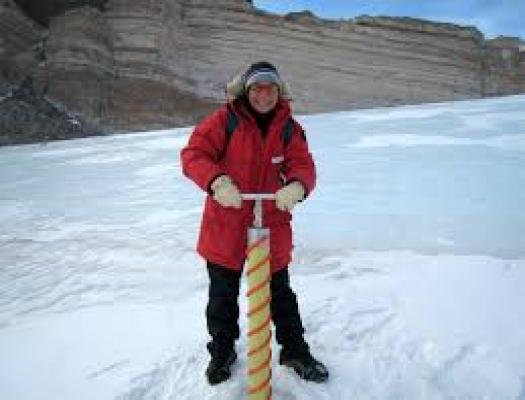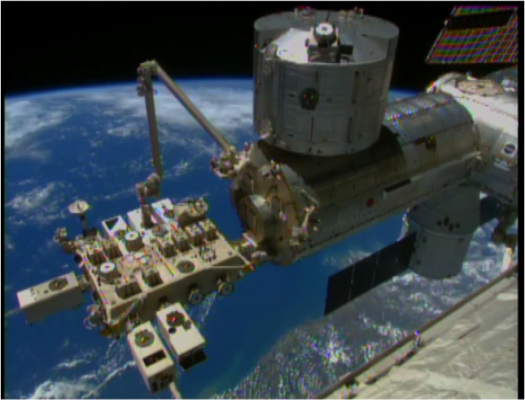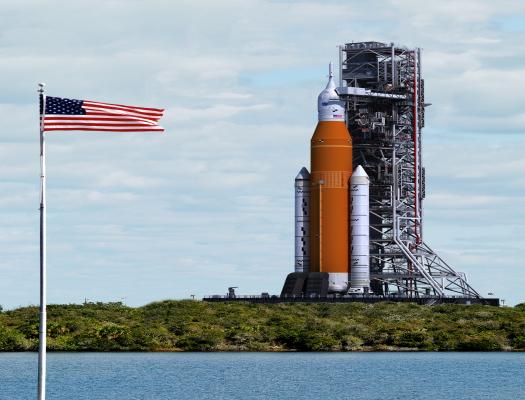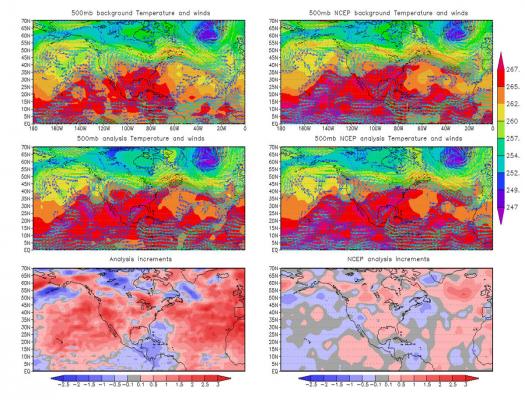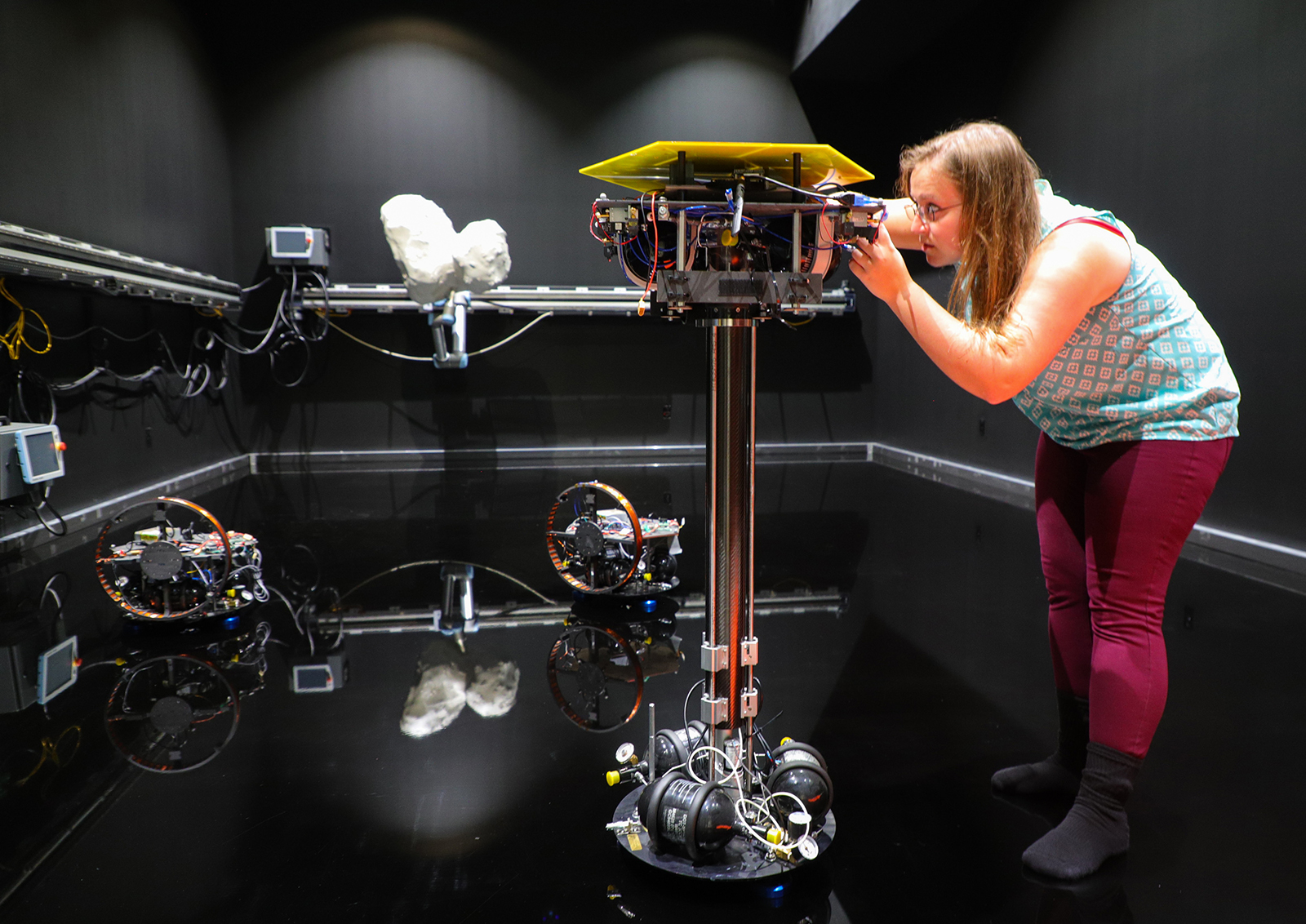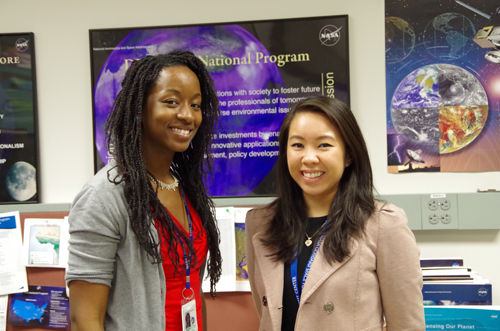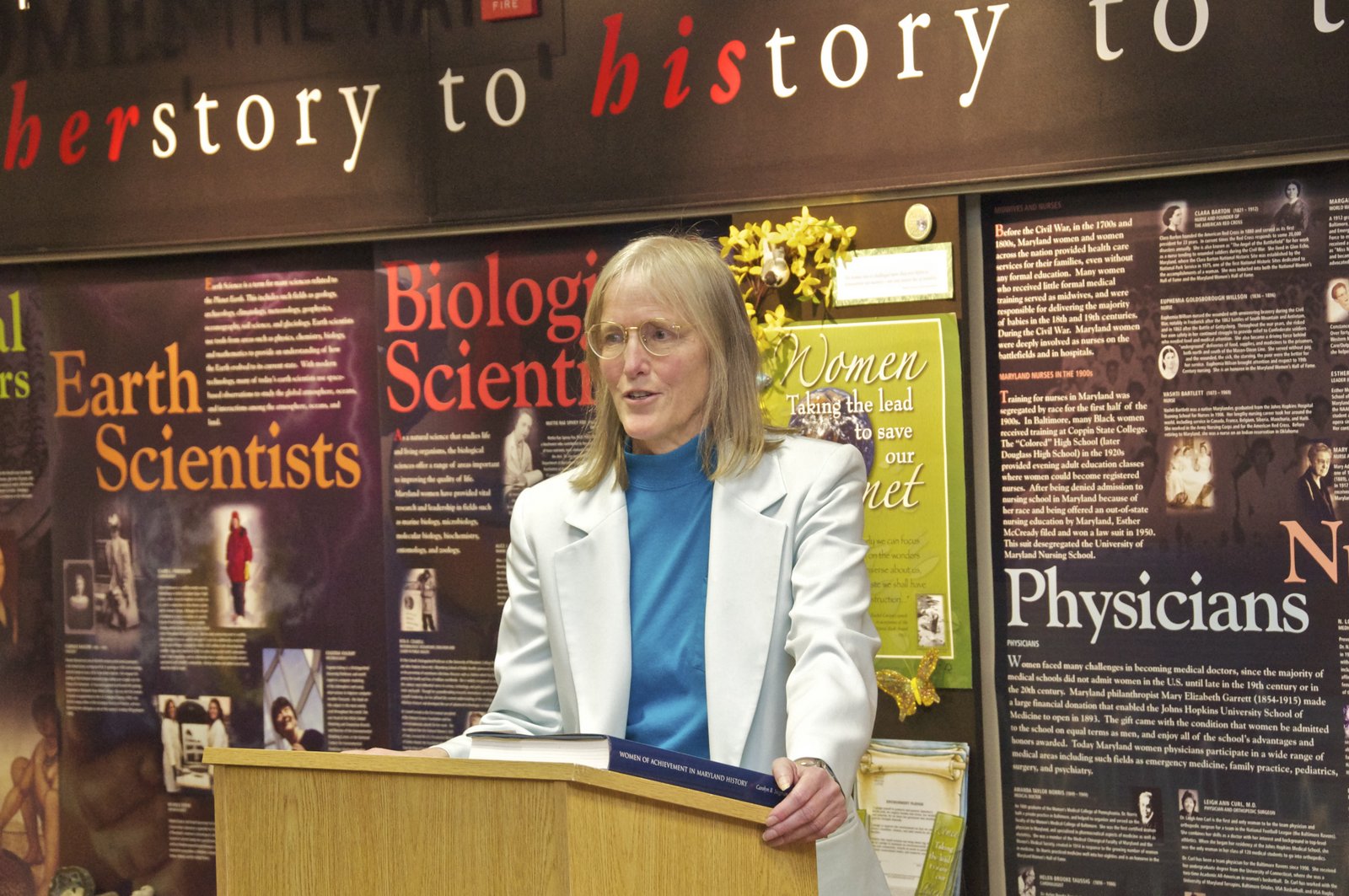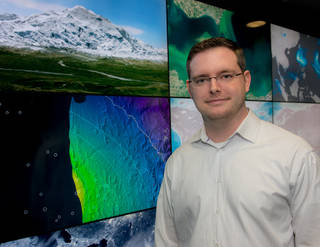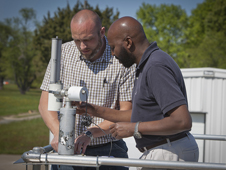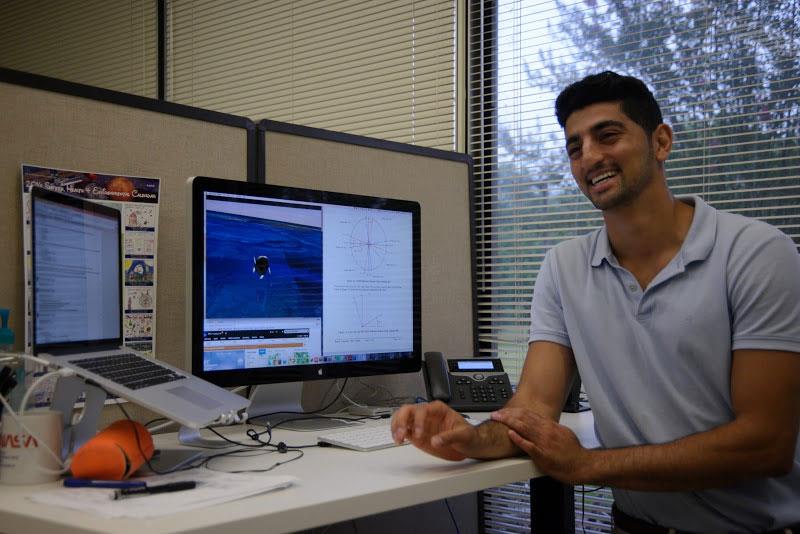loading Cryosphere...
Featured STEM Career Connections
Software engineers play an important role at NASA as this field supports the success of our missions on Earth and beyond. This field will continue to grow as it helps NASA address the many challenges that our agency faces.
Check out our latest installment of women in science with this interview with Shania Sanders, and learn about her journey from an intern to a computer programmer at NASA Langley Research Center.
Let us introduce you to Katrina Laygo and Melissa Oguamanam from NASA’s Goddard Space Flight Center. Melissa and Katrina are the Center Leads for the DEVELOP Program’s Goddard location.
Check out this interview to learn more about Dr. Claire Parkinson's journey to become Senior Scientist researching Climate Change at NASA Goddard Space Flight Center.
Atmospheric scientists study the weather and climate and examine how those conditions affect human activity and the earth in general. Most atmospheric scientists work indoors in weather stations, offices, or laboratories.
Steve Nerem is the leader of NASA’s Sea Level Change team. His project, Observation-Driven Projections of Future Regional Sea Level Change, focuses on using NASA satellite and in situ observations and climate modeling to estimate future regional sea level change.
A model analyst develops models to help visualize, observe, and predict complicated data. Model analysis is the process of taking large amounts of data and separate it into a structure that makes it intelligible to the binary process of computers.



